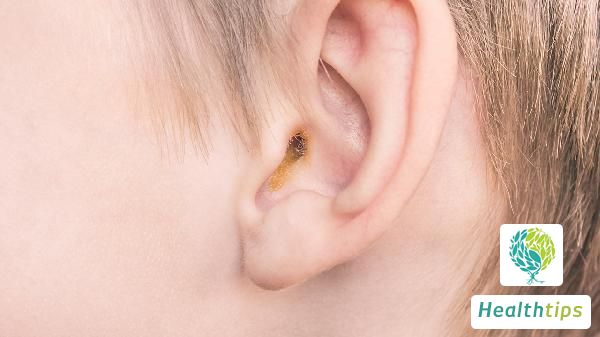"What Should Be Done During the Acute Phase of Gout?"
Management of Gout Flares
During acute gout flares, bed rest, elevation of affected limb, local cold compress, and pharmacological treatment are essential. Additionally, dietary adjustments should be made in daily life.General Management
1. Bed Rest: Patients experiencing acute gout flares must strictly adhere to bed rest and elevate their lower limbs to facilitate blood flow and alleviate pain symptoms.2. Elevation of Affected Limb: In cases of joint swelling, elevating the affected limb can help reduce swelling and pain.

3. Local Cold Compress: Applying a cold compress, such as a towel wrapped around ice, can constrict capillaries, decrease exudation, alleviate inflammation, and relieve pain.
4. Pharmacological Treatment: If the above methods are ineffective or symptoms worsen, immediate medical attention is necessary. Non-steroidal anti-inflammatory drugs (NSAIDs) like Ibuprofen Sustained-Release Capsules and Diclofenac Sodium Tablets can be prescribed to control inflammation and pain. Additionally, Colchicine and glucocorticoids like Dexamethasone Sodium Phosphate Injection may be used to alleviate discomfort.
Dietary Adjustments
Maintain a balanced diet, prioritizing low-purine foods like eggs, milk, fresh fruits (e.g., apples, bananas), and vegetables. Avoid high-purine foods such as animal organs, seafood, or soy products, which may elevate uric acid levels and trigger recurrent gout attacks.It is recommended that gout patients actively seek consultation from rheumatology and immunology departments, undergo blood tests, ultrasounds, and other necessary evaluations for a definitive diagnosis, and follow prescribed treatment plans accordingly.



















